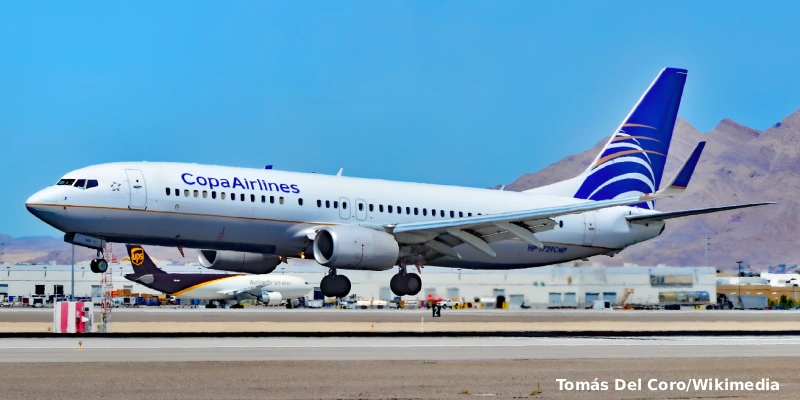Indra’s new contract with Hungarian air navigation service provider HungaroControl marks a milestone in the modernization of air traffic management. Budapest is the first of Europe’s capital airports to have its air traffic controlled from a high-tech facility outside the airport grounds.
Indra’s integrated solution will provide air traffic controllers with an even better view than that obtained from a conventional tower. In addition, they will have all the necessary information, air traffic control functionalities and safety functions from a single integrated screen, a concept already operational in remote control centers.
→ Volaris announces first routes to operate at new Felipe Angeles Airport.
“HungaroControl is preparing for the future of air traffic management. With Indra’s remote tower solution, we take a big step in achieving our goals,” says Kornel Szepessy, CEO of HungaroControl. “Smart technology and automation are tools to support human decision making. By equipping our air traffic controllers with the latest technology, we improve operational efficiency and situational awareness. This benefits us, the airport, the airlines and ultimately the passengers.”
Indra has been working closely with HungaroControl for almost two decades. In 2006, the company won the contract to supply an advanced InNOVA surface guidance and movement control system (A-SMGCS) for ground surveillance at Budapest Airport. This system was subsequently upgraded to include innovative safety features and automated routing and guidance functionalities, some of which were developed by Indra and HungaroControl in collaboration with the EU’s Single European Sky Research (SESAR) program. Since 2015, HungaroControl has been using the InNOVA Tower system in its remote contingency center. This project, called rTWR, won the Jane’s ATC Award in 2018.
→ Venezuela: Maiquetia Airport will accept cryptocurrencies.
While air traffic controllers normally have to monitor several different displays to get a complete overview, the InNOVA tower system excels by integrating all relevant functions and information on a single screen. Reducing the number of displays improves controllers’ situational awareness, efficiency and ultimately flight safety.
As part of the new project, HungaroControl will also get a tag-based flight plan system with additional flight lists integrated into its tower display. This helps to provide controllers with a seamless digital work platform. The system is ready for multi-airport operations.
With IRTOS, Indra’s optical solution for remote towers, HungaroControl achieves the highest 4K image quality. They will enjoy a perfect panoramic view of the airport, with color night vision and virtual overlays. Cameras will be placed at various locations throughout the airport to enhance visual observation of the airport and other areas of interest to controllers. Using augmented reality, controllers can automatically zoom in, identify and track moving objects. The visual presentation will also include additional information such as MET, safety nets, highlighting of geographical features, etc., which are improvements over the traditional tower view.
“We are very proud that HungaroControl trusts us to collaborate with them on another pioneering project. Not only do we collaborate on SESAR project research, but we get to put theory into practice and implement the technology and end-to-end solutions that will define the future of air traffic management,” says Eldar Hauge, Indra’s managing director in Norway.
Indra’s InNOVA tower system is already being used to remotely control several Norwegian airports in what is known as the world’s largest remote tower program, run by Norwegian air navigation service provider Avinor.
Indra will deliver three separate systems: one for operational use, the second for its contingency center and the third for use as a test system. The implementation project starts immediately and is expected to run for the next two years.
Related Topics
LATAM Inaugurates Direct Flight Between Recife and Buenos Aires
LATAM to Cancel Lima-Tucuman Route Starting March 2026: These Are Reasons
Copa Airlines Resumes Flights Between Panama City and Maracaibo Starting December 20
Copa Airlines Extends Suspension of Flights to and from Caracas (Venezuela) Until January

Plataforma Informativa de Aviación Comercial con 13 años de trayectoria.




